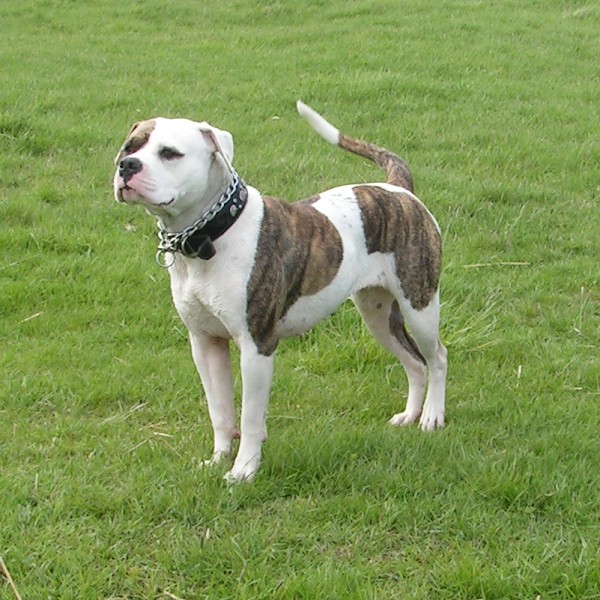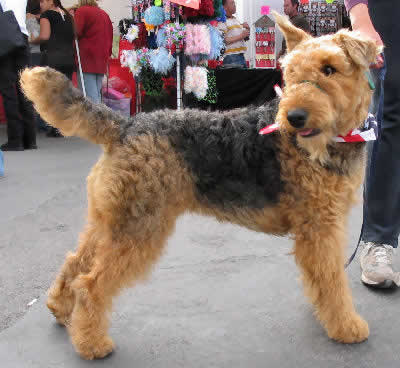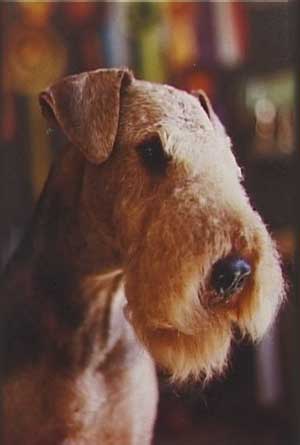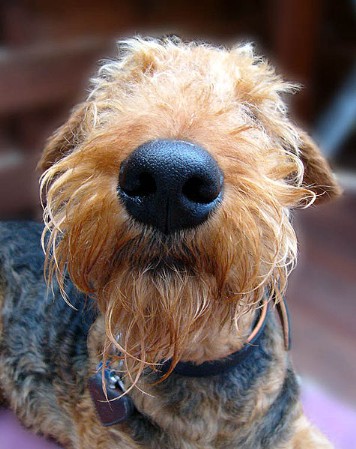Affenpinscher Appearance
 The weigh of Affenspincher are 7 to 9 pounds (3-4 kg) and not exceeding 11 inches (24-30 cm) in height at the withers, the Affenpinscher has harsh rough coat and a monkey-like expression (Affe means monkey in German). Its coat is shaggier over the head and shoulders forming a mane, with shorter coat over the back and hind quarters. It is harsh and wiry in texture. The FCI and UK breed standards specifies that the coat must be black, but the AKC also allows gray, silver, red,and tan, and belge (not beige; belge is a mixture of red, black and white hairs); other clubs have their own lists of acceptable colours, with black being the preference.
The weigh of Affenspincher are 7 to 9 pounds (3-4 kg) and not exceeding 11 inches (24-30 cm) in height at the withers, the Affenpinscher has harsh rough coat and a monkey-like expression (Affe means monkey in German). Its coat is shaggier over the head and shoulders forming a mane, with shorter coat over the back and hind quarters. It is harsh and wiry in texture. The FCI and UK breed standards specifies that the coat must be black, but the AKC also allows gray, silver, red,and tan, and belge (not beige; belge is a mixture of red, black and white hairs); other clubs have their own lists of acceptable colours, with black being the preference.Affenpinscher Temperament
 Affenpinschers have a distinct appearance that some associate with terriers. They are different from terriers, however, in that they are actually part of the pinscher-schnauzer of group 2 in the FCI classification and so often get along with other dogs and pets. They are active, adventurous, curious, and stubborn, but they are also fun-loving and playful. The breed is confident, lively, affectionate towards family members and is also very protective of them. This loyal little dog enjoys being with its family. It needs consistent, firm training because some can be quite difficult to housebreak. The training should be varied because the dog can easily become bored.
Affenpinschers have a distinct appearance that some associate with terriers. They are different from terriers, however, in that they are actually part of the pinscher-schnauzer of group 2 in the FCI classification and so often get along with other dogs and pets. They are active, adventurous, curious, and stubborn, but they are also fun-loving and playful. The breed is confident, lively, affectionate towards family members and is also very protective of them. This loyal little dog enjoys being with its family. It needs consistent, firm training because some can be quite difficult to housebreak. The training should be varied because the dog can easily become bored.Affenpinschers are somewhat territorial when it comes to their toys and food, so they are not recommended for very small children. This dog is mostly quiet but can become very excited if attacked or threatened and shows no fear toward any aggressor. It is best suited for a family who likes a show and has a sense of humor.
Affenpinscher Mortality
A small sample (N=21) of Affenpinschers in a UK survey had a median lifespan of 11.4 years, which is a typical lifespan for a purebred dog, but a bit lower than most breeds of their size. The most common causes of death were old age (24%), urologic (19%), and "combinations" (14%).Affenpinscher Morbidity
The Affenpinscher is prone to hip dysplasia. As with many small breeds of dog they are prone to collapsed trachea, which is best avoided by walking the dog with a harness instead of a collar. Cataracts are occasionally reported.Affenpinscher Care
Affenpinschers need to be groomed two to three times a week.Affenpinscher Shedding
Affenpinschers often appears on lists of dogs that allegedly do not shed (moult). However, every hair in the dog coat grows from a hair follicle, which has a cycle of growing, then dying and being replaced by another follicle. When the follicle dies, the hair is shed. The length of time of the growing and shedding cycle varies by breed, age, and by whether the dog is an inside or outside dog. "There is no such thing as a nonshedding breed."Frequent grooming reduces the amount of loose fur in the environment.












































